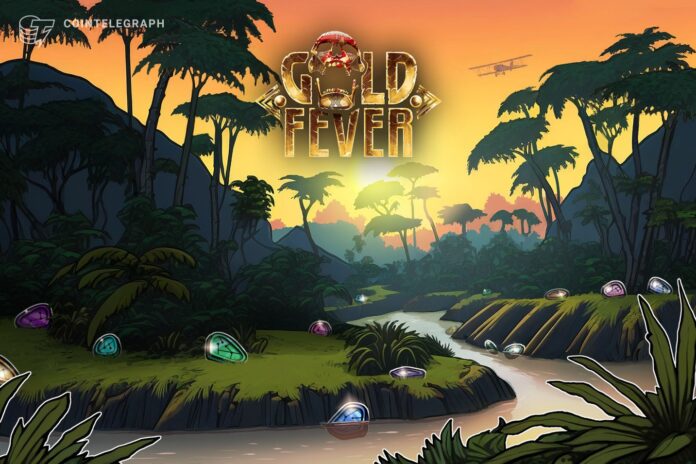The concept of the metaverse was conceived with the aim of providing humanity with a better life in the digital world. Today, video games are leading the way as the most active bridge for physical and digital world interactions. The same goes for blockchain-based games, as gamers who have tasted true ownership of digital assets flocked to Web3 games. Data shows that over half of active blockchain wallets were used in the GameFi space in 2022.
As the blockchain gaming market gets crowded, players start to expect more from play-to-earn (P2E) games. Users put game improvements as the top expectation for blockchain gaming in 2023. However, having a good game is not enough for gamers, either — another study showed that over 51% of users participate in GameFi to make profits. As a result, poorly designed game economies became the leading factor affecting GameFi profits.
On top of an enjoyable gaming experience, blockchain games also need to deliver robust economies to meet the expectations of the ever-growing GameFi space. One potential solution came forward in the form of commercial NFTs. Deemed as the next step in the evolution of nonfungible tokens (NFTs) after digital art and collectibles, commercial NFTs combine gaming, utility and decentralized ownership to enable players to set up shop within a game’s economy. In the GameFi context, commercial NFTs let players create real value for the game’s economy, making them business owners within a virtual world.
Gamers to own in-game shops
To reach their full potential, commercial NFTs need a game economy that rivals real life, and an upcoming survival online RPG project aims to achieve that by building a real economy in a blockchain game. Developed by indie studio DeFi Mechanics Lab, the free-to-play survival RPG Gold Fever is a “metalife” game where real life intersects with the metaverse.
Players will assume the role of adventurers in Gold Fever, exploring the wilderness to discover gold claims and battle the hostile wildlife in third-person gameplay. On top of its captivating graphics and immersive gameplay, the game makes use case for NFT technology. With commercial NFTs, the platform is turning players into owners of crucial assets in the game world, thus answering the long-time issue of full ownership given to the players and freedom to build and create an entire universe using skills, wits and economical opportunities.
“Gold Fever is not just a fun, good-looking game,” the dev team explains, adding that the project started with the ambition of delivering the best possible blockchain gaming experience:
“Powered by the blockchain and commercial NFTs, it gives players an extreme feeling of property and ownership. Using skills to fight for things with real-life value, losing your characters and ultimately providing a way for people to get wealthy is what crypto gaming should bring to the table, and Gold Fever does it.”
How do commercial NFTs work?
The blockchain-based economy in Gold Fever is based on two pillars: The in-game currency NGL, the play-to-earn pillar, and commercial NFTs, the trading pillar. The NGL token has a familiar mechanic for P2E gamers: Players can do certain activities within the game to earn it. What sets Gold Fever apart from other games is the concept of commercial NFTs. The game lets players start their own businesses from within its virtual world with commercial NFTs as the product, bringing the metaverse one step into real life.
In Gold Fever, players can own in-game businesses as commercial NFTs. The scope of commercial NFTs ranges from transportation vehicles, like boats, carts or airplanes, to buildings like bars, blacksmiths and hotels. Any player who owns a commercial NFT becomes a business owner and thus is a part of the game economy effectively. The revenue generated via the operations of a specific business goes directly to the owner of the commercial NFT associated with that business.

Source: Gold Fever
The remote workplace trend triggered a major shift in people’s perception of work–life since the pandemic. At the same time, the metaverse is slowly but surely growing into a reliable alternative to real-life offices. As people are looking for new ways to establish businesses in the digital world, commercial NFTs have the potential to act as a gateway between real-life economies and the metaverse.
Disclaimer. Cointelegraph does not endorse any content or product on this page. While we aim at providing you with all important information that we could obtain, readers should do their own research before taking any actions related to the company and carry full responsibility for their decisions, nor can this article be considered as investment advice.
Hits: 0










